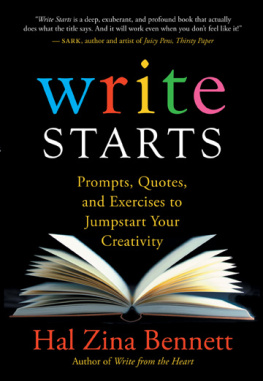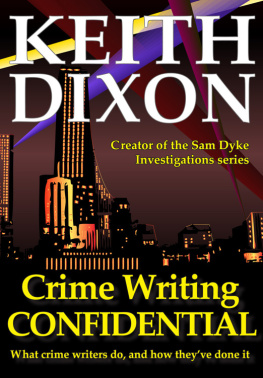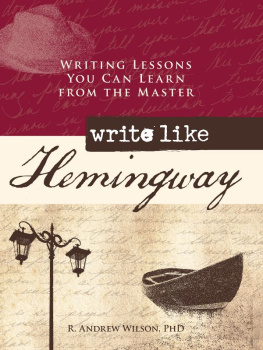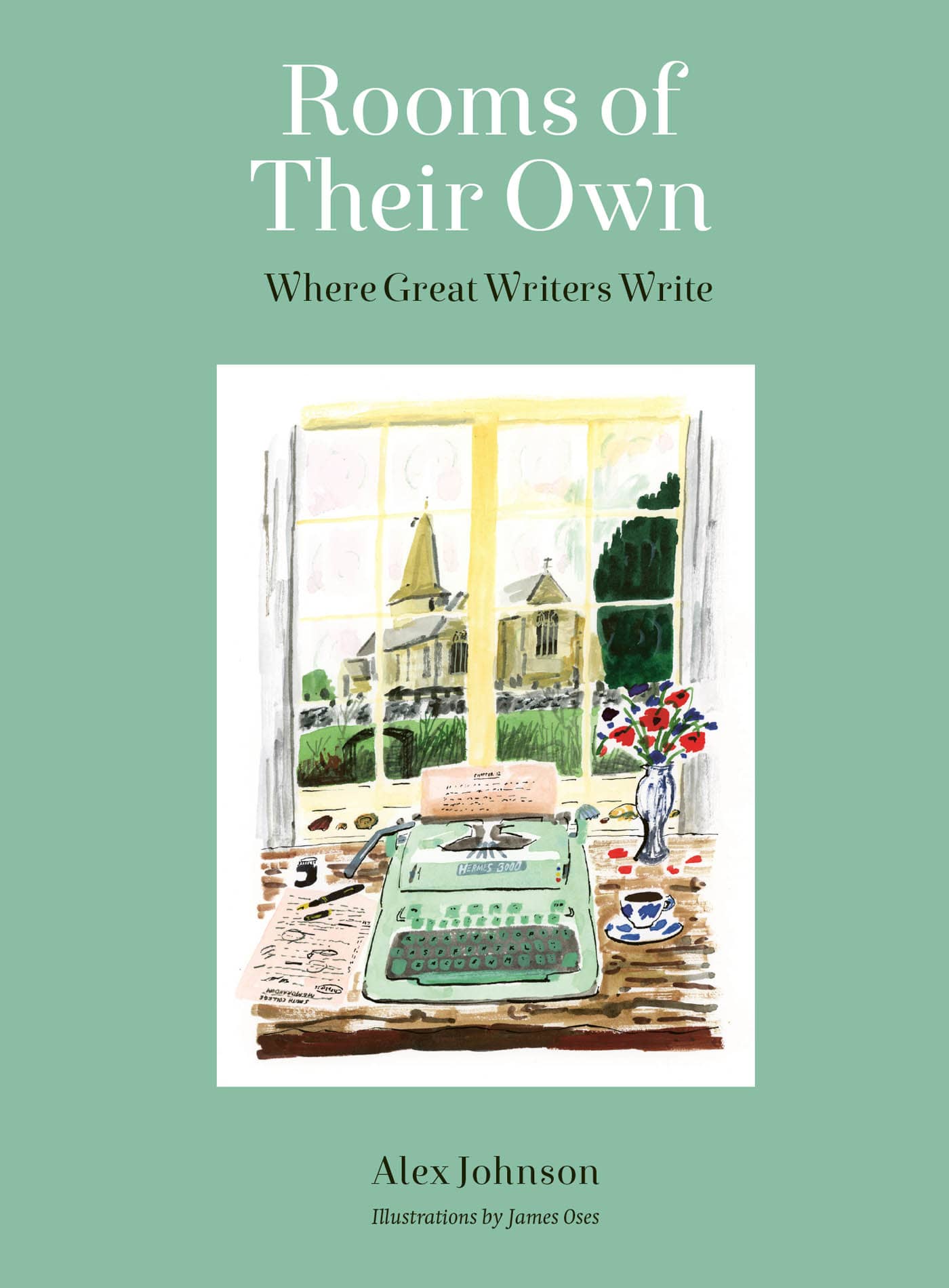Contents
Page List
Guide
Cover
Rooms of Their Own
Where Great Writers Write
Alex Johnson
Illustrations by James Oses
Contents
Introduction
Writers stamp themselves upon their possessions more indelibly than other people, making the table, the chair, the curtain, the carpet into their own image.
Virginia Woolf, Great Mens Houses (1911)
Writers like ceremonies. Freshly sharpening a box of pencils every morning. Slurping a vast amount of coffee throughout the day. Or, in Gertrude Steins case (see ), tracking down a docile cow for inspiration. But perhaps the most important of all is the commute, the ritual of going to a special place to write.
During lockdown, a lot of people discovered that what they really needed was a distinct space in which to work. Or, as Virginia Woolf famously put it in a lecture in 1929, a room of ones own. For writers, somewhere private, quiet-ish and comfortable is particularly important.
These are fascinating spaces and we flock to see where Thomas Hardy created Tess of the dUrbervilles and where J.K. Rowling conjured up Harry Potter. Indeed, literary tourism has a history stretching back 200 years, and writers themselves are also intrigued by other writers rooms. Alfred Lord Tennyson visited Goethes home in Weimar, Germany, in 1865, and was fascinated by the German writers sacred study. As Hallam Tennyson revealed in his 1897 biography of his Poet Laureate father:
One cannot explain in words the awe and sadness with which this low dark room filled A. The study is narrow, and in proportion long. In the middle was a table with a cushion on it where Goethe would lean his arms, and a chair with a cushion where he sometimes sat, but his habit was to pace up and down and dictate to his secretary. On one side of the room was a bookcase about two-thirds up the wall, with boxes for his manuscripts. There were also visiting cards, strung like bills together, and Goethes old, empty, wine bottles, in which the wine had left patterns like frost patterns. On the other side of the room was a calendar of things that had struck him in newspapers.
As Tennyson found, there is something fascinating to be experienced in the room where it happened, the views a favoured writer looked out on, the chairs they rested in, the atmosphere they created that in turn helped them create. These places offer the curious traveller more than just a peek into their owners interior design tastes, they offer a biographical behind-the-scenes insight into what was deeply significant for them in their most personal space. Elsewhere in the same essay quoted at the start of this introduction, Virginia Woolf suggests that homes and their rooms make a significant impact on their owners personalities, and that an hour in a house can be more revealing than a row of biographies.
Visiting these properties give us the opportunity to be a part of these writers lives, take a look at the books on their shelves, relax at the familiar amount of clutter on their desks. If its interesting to take a close look at a friends house, how much more so is sitting on the chair in the room where James Bond came alive. These objects and spaces were witnesses to something truly remarkable. You can wander through a writers past as well as their space, and get a feeling about how they operated in the real world, and empathize with their messy desks or annoyingly creaky doors. We can get close to their minds, closer to understanding how their rooms and habits influenced their work. I remember the first time I stood outside George Bernard Shaws revolving garden hut, and felt that I had somehow entered his extraordinary writing story (and I still feel the same every time I return each year).

Its not just private residences that provide perfect writing spaces. Libraries have been the thinking and researching spaces of writers for centuries. Chethams in Manchester still reverently looks after the desk and alcove where Friedrich Engels and Karl Marx worked together in 1845, and Marxs daughter Eleanor made the first English translation of Madame Bovary during her visits to the British Museum Reading Room. Although not so many books are actually written in libraries, Fahrenheit 451 by Ray Bradbury is among them.
And might some of the magic rub off? Brilliant people tackled the same challenges that face us, and if writers within these walls (or in D.H. Lawrences case, under these trees see ) can develop successful creative ceremonies, perhaps we can adopt some to aid our own creativity? Though perhaps not those of German poet Friedrich von Schiller, who believed he could only write well when he could smell rotting apples, so kept a selection in his desk drawer.
So are there any truths universally acknowledged that we can learn from the places where great writers write? Although every writer has their own particular foibles and requirements, three elements appear especially important.
Firstly, whether its a hut, a bedroom, a library or a car, writers like to establish a writing space that is at least partially protected from interruptions (although E.B. White also pointed out that there are always distractions because life is full of distractions see ), get right away from their homes to anonymous writing safe houses in her case, undisclosed hotels.
This brings us on to the next point: the importance of making the best of whats available to you. Anthony Trollope produced most of Barchester Towers on the train during his work commute, writing in pencil on a home-made lapdesk, which he said he found just as convenient as a traditional one. A writing shed might be your ultimate retreat, but Louisa May Alcott managed to produce Little Women on a small but functional drop-down shelf her father knocked up in her bedroom.
Finally, wherever you write, try and do it in the morning. Even those writers who had a reputation for late late nights, and were by no stretch of the imagination morning people, often made sure they got in their daily session before lunch.
This is a book about all these people and all these rooms. Rooms that tell stories.
Isabel Allende
Making a date with a book
Writing studio, San Rafael, California


















